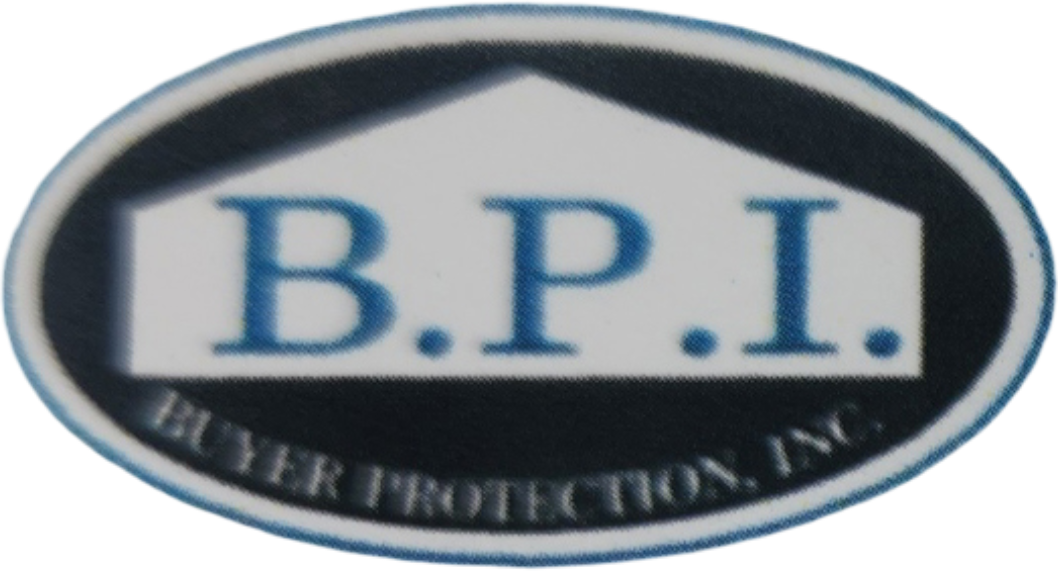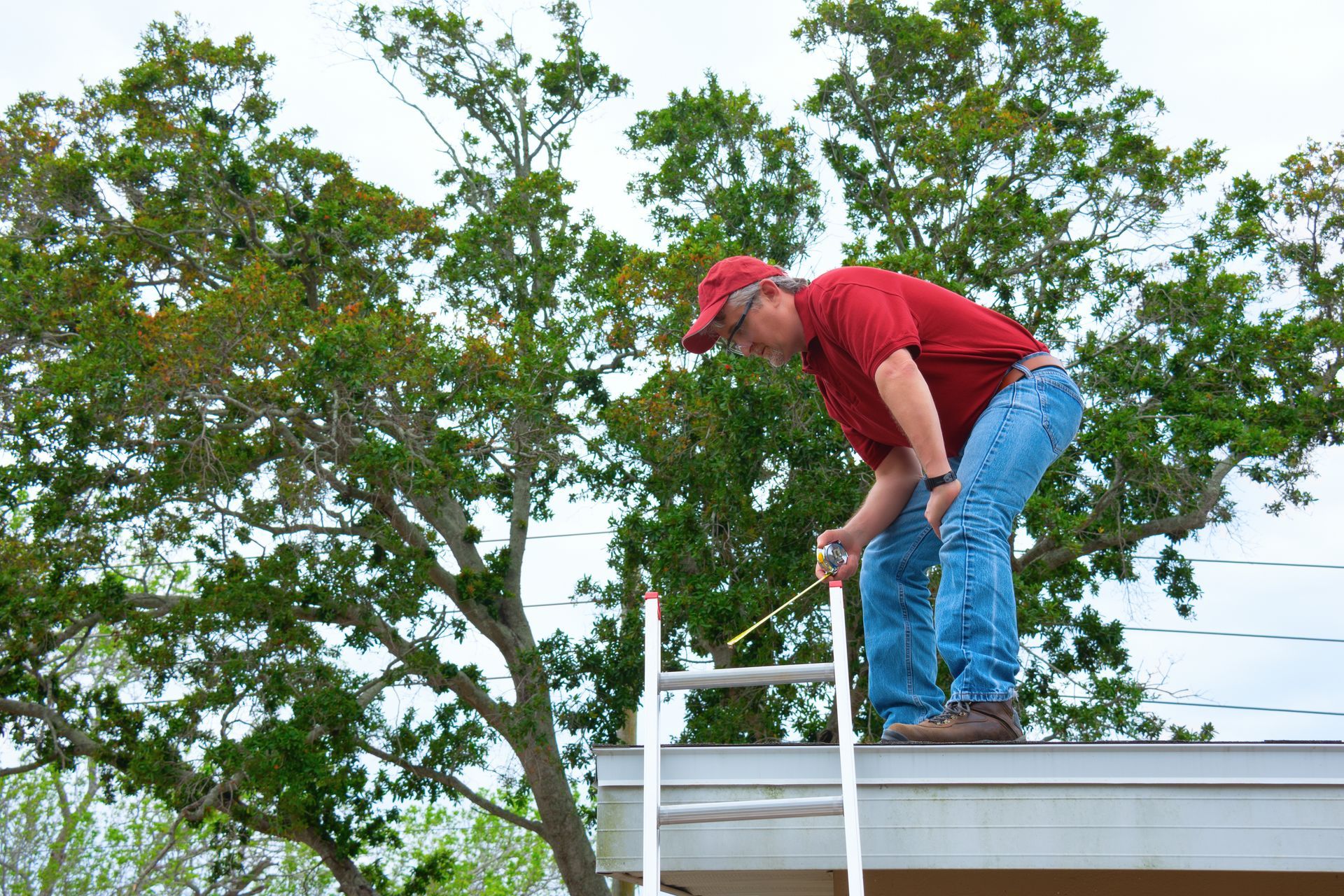Wind Mitigation Inspections
in Martin, Palm Beach, St. Lucie & Indian River Counties
Wind mitigation inspections are essential for property owners in South Florida, where hurricanes and strong storms are part of the seasonal reality. Buyer Protection provides certified wind mitigation inspections in Martin County, Palm Beach County, St. Lucie County, and Indian River County, helping homeowners identify structural features that can protect against wind damage and qualify for insurance discounts. Florida statutes encourage property owners to strengthen their buildings against windstorms, and insurance companies are required to offer premium reductions based on the presence of qualifying wind-resistant features. Our inspections document those features and submit standardized reports acceptable to all major insurers in Florida.
What Is a Wind Mitigation Inspection?
A wind mitigation inspection evaluates a property’s construction to determine how well it can withstand strong winds, especially those associated with tropical storms and hurricanes. This inspection focuses on specific structural and material elements that reduce wind-related damage and are recognized by Florida insurance carriers for premium discounts. Our inspectors assess each component in accordance with the Florida Office of Insurance Regulation’s Uniform Mitigation Verification Inspection Form (OIR-B1-1802), which insurers use to assign discounts.
Roof Covering and Installation Method
The type of roof covering—shingles, tile, metal, or membrane—is identified along with installation documentation, if available. We check whether the roof meets Florida Building Code standards and verify the method of attachment, such as nail spacing or adhesive use, which is critical for properties in high-risk zones like Palm Beach and Indian River Counties.
Roof Deck Attachment
Inspectors assess how the roof decking is secured to the trusses or rafters. This includes determining nail size, spacing, and pattern, or the presence of specialized fasteners. In areas frequently impacted by storms, such as St. Lucie County, enhanced roof deck connections provide significantly more resistance to uplift during high winds.
Roof-to-Wall Connection
This component examines how the roof structure is tied into the walls of the building. We identify the type of connectors used—such as toenails, clips, or hurricane straps—and document their installation and location. Homes in Martin County, particularly those built before 2001, may lack upgraded roof-to-wall connections unless they have been retrofitted.
Roof Geometry
The shape of the roof is documented, with particular attention to whether the structure is gable, hip, flat, or a combination. Hip roofs, which slope on all four sides, tend to perform better under high wind loads and may result in additional insurance credits.
Secondary Water Resistance (SWR)
Secondary water resistance refers to materials applied beneath the roof covering that offer added protection against water intrusion if the outer surface is compromised. SWR materials such as self-adhering membranes are beneficial in regions like Indian River County, where wind-driven rain can lead to severe water damage during a storm.
Opening Protection (Windows, Doors, and Garage)
All windows, glass doors, entry doors, and garage doors are inspected for impact-rated coverings or protection systems. This includes roll-down shutters, impact-rated glass, and approved panels. We document the type, rating, and installation method to determine if the structure meets Florida’s impact protection standards.
Why Wind Mitigation Matters in South Florida
Florida is subject to some of the most intense wind conditions in the country. Properties in Palm Beach, St. Lucie, and Indian River Counties frequently experience tropical storms and hurricanes that cause widespread damage. Wind mitigation not only helps minimize destruction but also plays a critical role in lowering annual property insurance costs.
Many homes built prior to the 2001 Florida Building Code updates may lack essential wind-resistance features. A professional wind mitigation inspection identifies these weaknesses and documents any upgrades, retrofits, or reinforcements already in place.
In some cases, small investments in wind mitigation—such as installing hurricane straps or impact-rated shutters—can result in substantial insurance savings year after year.
The Wind Mitigation Inspection Process
At Buyer Protection, our inspection process is straightforward and compliant with state regulations. Each inspection includes an on-site evaluation, photo documentation, and report submission for insurance use.
On-Site Evaluation
The inspection typically takes between 60 to 90 minutes. Our licensed inspector reviews accessible areas including attics, roofs, garages, and exterior openings. Tools such as moisture meters, ladders, cameras, and flashlights are used to ensure complete visibility of key components.
Photographic Documentation
Insurers require clear photo evidence of each qualifying feature. We provide a complete photographic package that includes labels and timestamped images of roof attachments, connectors, window protections, and more.
Report Completion and Delivery
We complete the state-approved wind mitigation report (OIR-B1-1802) and deliver it electronically, usually within 24 hours of the inspection. This report can be forwarded directly to your insurance provider to begin the discount evaluation process.
Who Needs a Wind Mitigation Inspection?
Wind mitigation inspections are recommended for the following property types across Martin, Palm Beach, St. Lucie, and Indian River Counties:
Homes Built Before 2001
Many properties constructed prior to the adoption of Florida’s updated building code lack modern storm protection features. Inspections identify what has been upgraded or may still be needed.
Homes With Recent Renovations
Roof replacements, window upgrades, and door retrofits often qualify for discounts, but the improvements must be properly documented through inspection to count toward insurance credits.
Waterfront or Coastal Homes
Properties along the Atlantic coast or the Intracoastal Waterway are exposed to higher wind speeds and storm surge risk, making wind mitigation inspections a priority in these areas.
Properties Seeking Insurance Savings
Homeowners who want to reduce their insurance premiums or who have been advised by their insurer to complete a wind mitigation inspection can benefit directly from this service.
Schedule a Wind Mitigation Inspection Today
If your property is located in Martin County, Palm Beach County, St. Lucie County, or Indian River County, schedule a wind mitigation inspection with Buyer Protection. Our certified inspectors provide accurate evaluations, complete documentation, and fast turnaround to help you meet insurance requirements and strengthen your home’s wind resistance.

